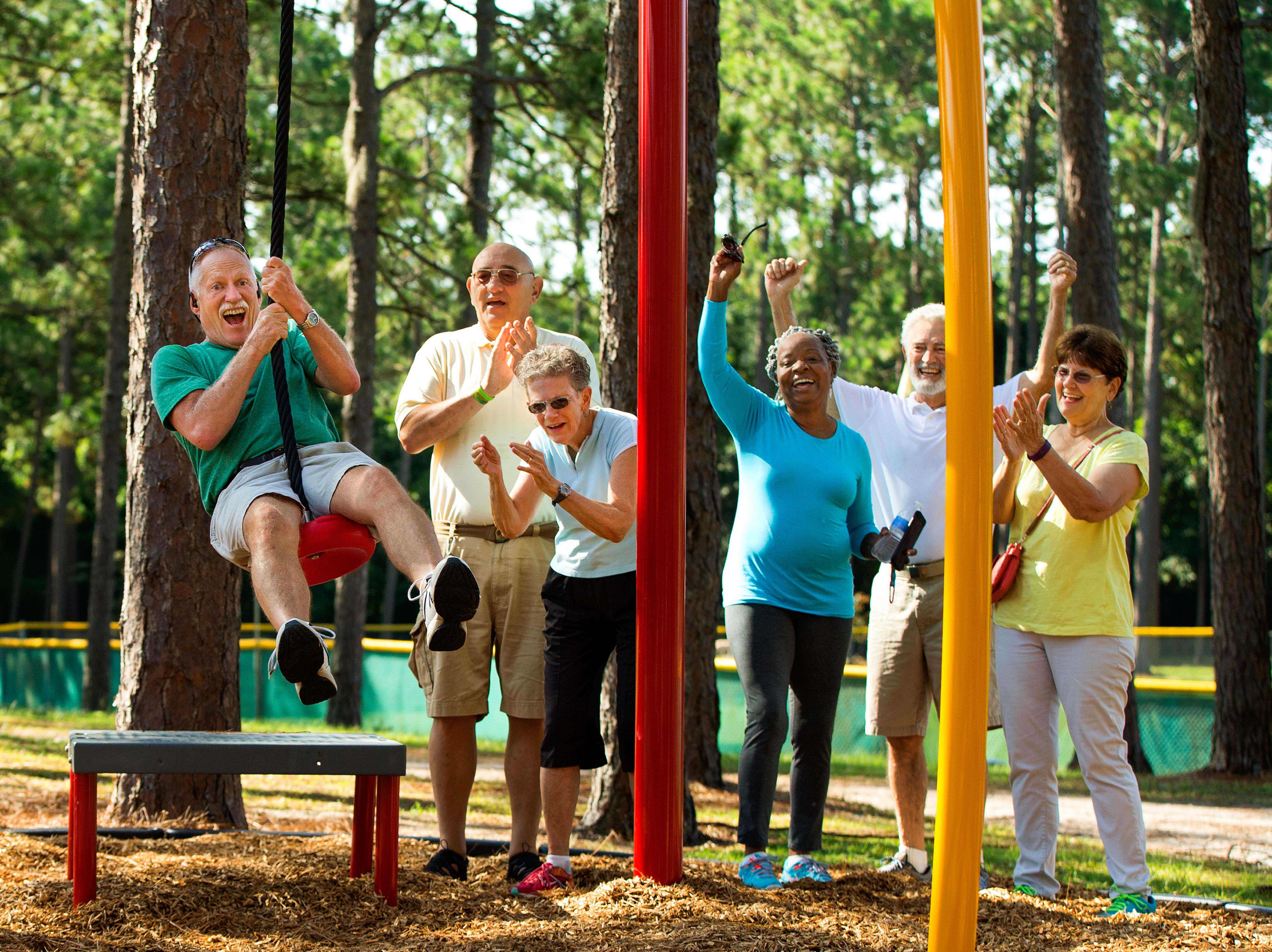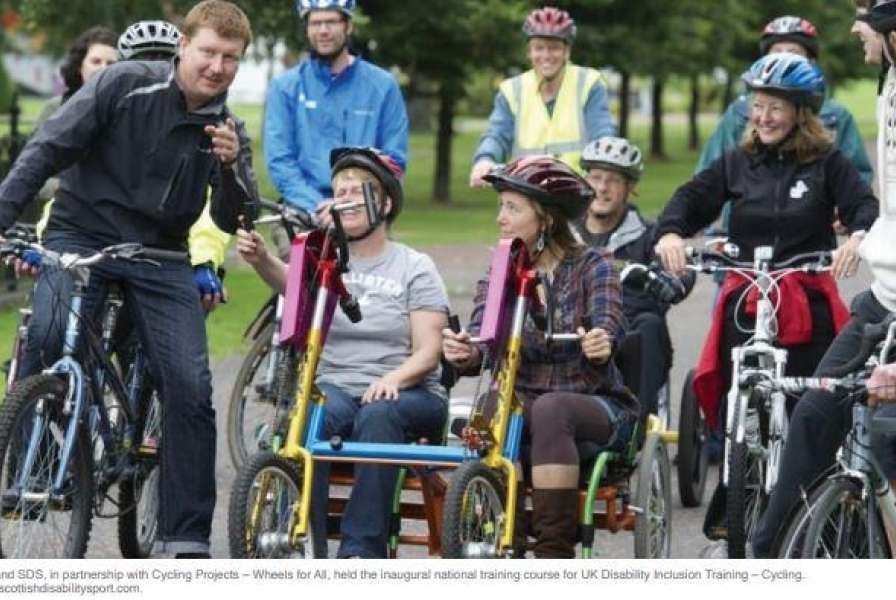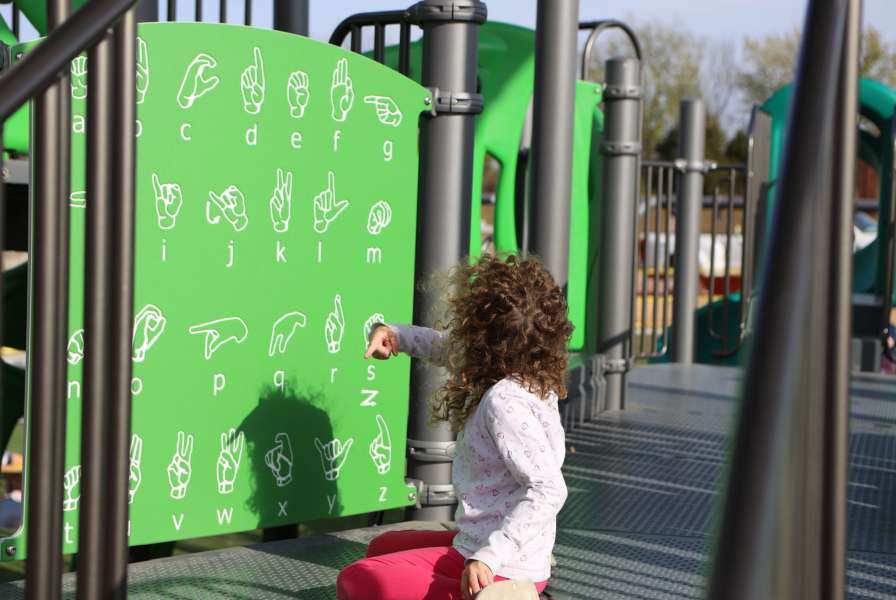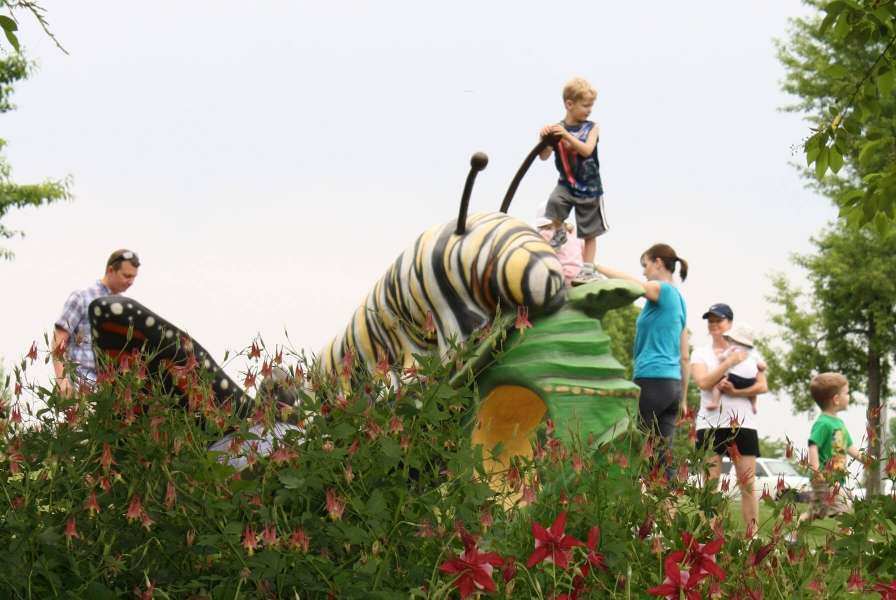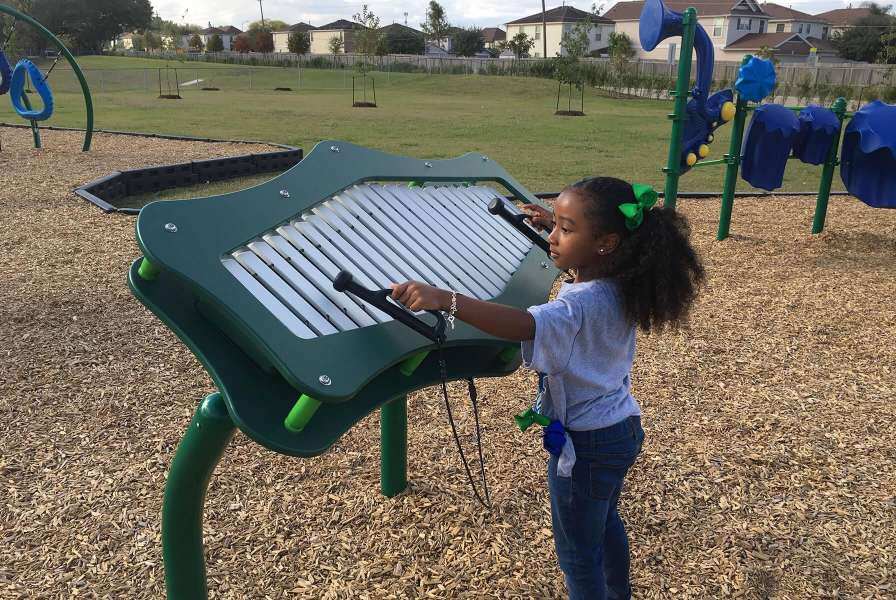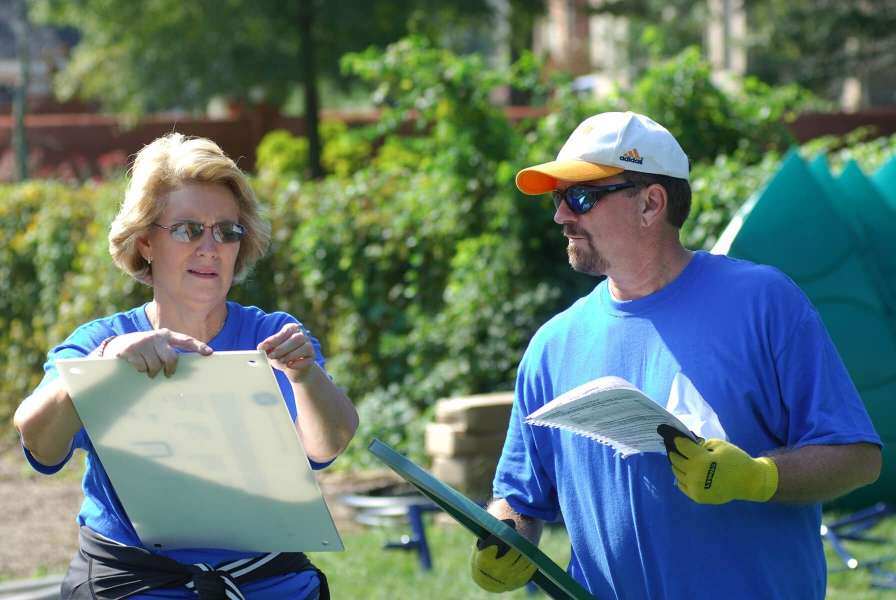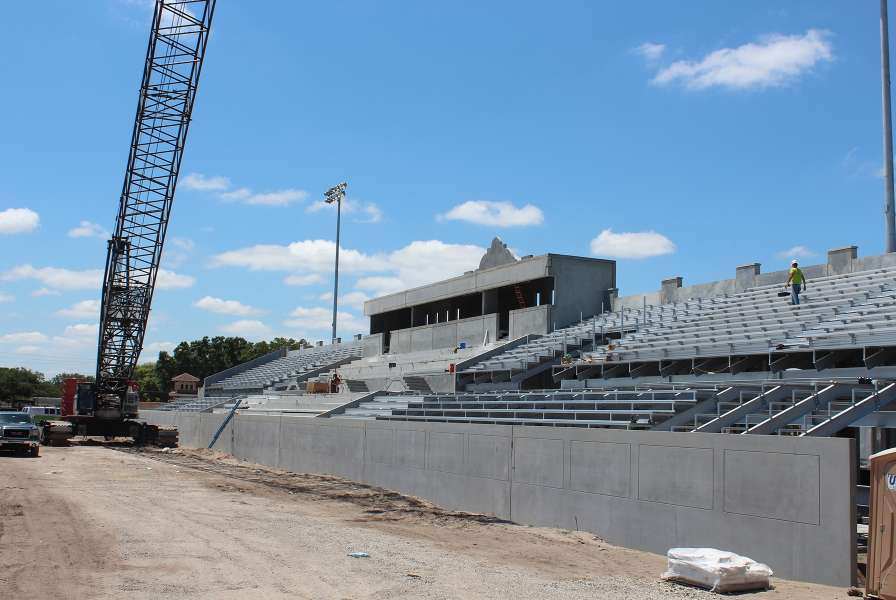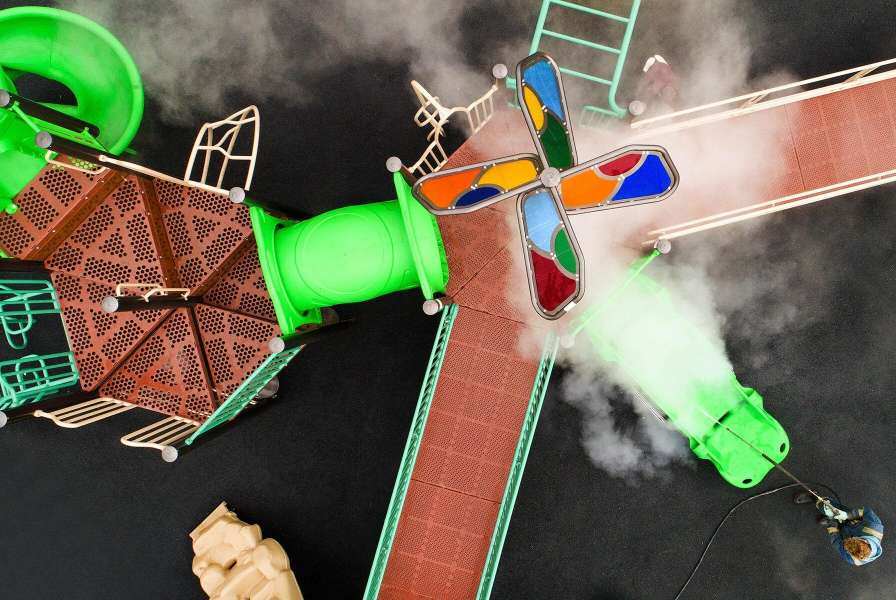The global population aged 60 years or over numbered 962 million in 2017, more than twice as large as in 1980 when there were 382 million older persons worldwide. The number of older persons is expected to double again by 2050, when it is projected to reach nearly 2.1 billion. Accordingly, interest in using intergenerational strategies to create relevant community programs and social policy is growing. Also, it’s important to note that while the term intergenerational has been confused with multigenerational, and often used interchangeably, multigenerational refers to a composition—people from different generations are present. Intergenerational refers to an active exchange or connection between and among the generations, and this is where there is a great opportunity.
For decades, the divide between generations has grown larger. Adults move greater distances from their parents, families lead overscheduled lives, older generations are moving to age-segregated housing. But the pandemic has reversed that. Forced to isolate at home with fewer outside activities, families grew closer and began to explore ways to recreate together. This trend is continuing even as the pandemic appears to be in decline.
Designing public spaces to attract and hold the attention of multiple generations is an important strategy for encouraging intergenerational play and recreation and can be achieved with a meaningful design plan that considers the many ways people can gather and participate across intergenerational groups.
Think first about the types of intergenerational behaviors, like walking, reflecting, exercising, and playing, then consider the amenities that can be added to each behavior zone to encourage participation. It’s not enough to simply add amenities that are exclusive to a single age group, we must understand the behaviors and activities that people of all ages may be interested in, and how the environments we create foster a feeling of inclusion, not exclusion, across the age spectrum. Some design strategies include:

Play Spaces Focused on Disability Inclusion
Walking Paths
Quiet Spaces
Gathering Spaces
Storytelling Hubs
Camping Spots
Game Spaces
Climbing Walls
Garden Spaces
Dog Parks
Swim and Water Play Areas
Fitness Areas
Music Areas
Sports Fields
No matter what the activity focus, be sure that accessible infrastructure, including paths, restrooms, water fountains, trash receptacles, and adequate lighting are present to ensure comfort for all users.
Only when we recognize the importance and rich contributions of intergenerational relationships can we begin to implement policies and procedures to help us unite our efforts, act at the local, state, and federal level, and ensure that our parks, public sites, and open spaces meet the needs of everyone, encouraging sharing and dialogue among generations, and providing environments that enrich the lives of all people. We specialize in building intergenerational outdoor spaces, how can we help?
